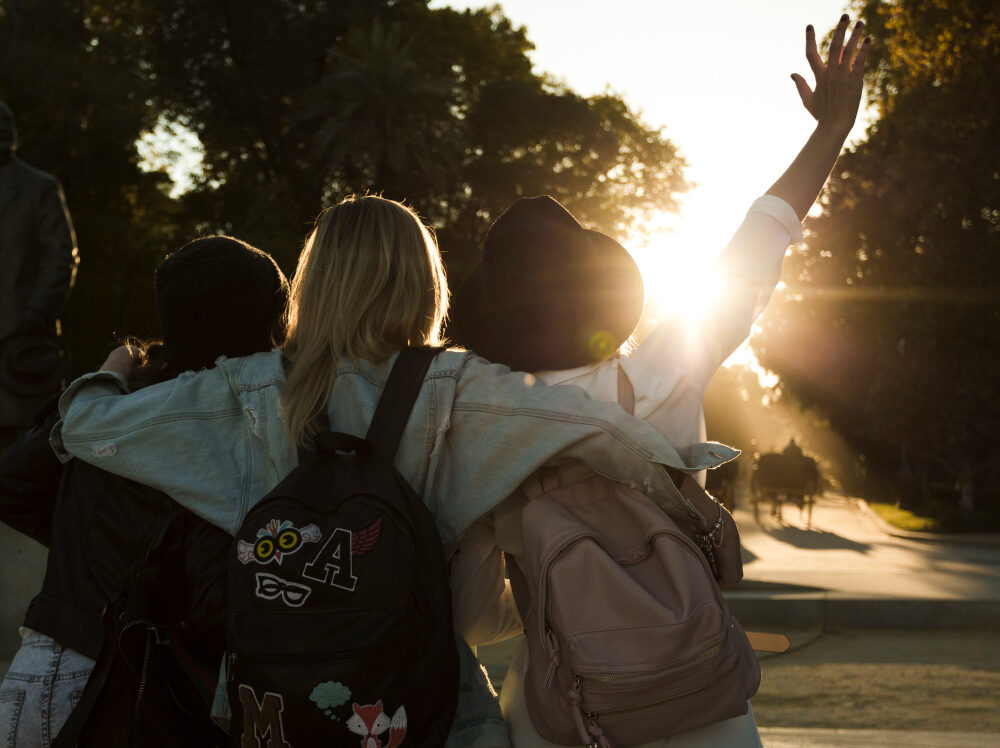In the era of technology and communication, schools cannot remain on the sidelines of connections; they must create networks and foster positive and meaningful bonds. But what kinds of connections? And how should we promote them?
Research has shown that young people who feel connected to their school are less likely to engage in risky behaviors such as early sexual initiation, the use of alcohol, tobacco, and other drugs, violence, and gang involvement.
For this reason, an innovative and transformative approach we can offer our students is to help them “match” with the school—building our efforts on the strongest research and evidence. By fostering environments filled with safety, positive peer relationships, strong ties with families and school staff, and high levels of learning, we create a solid scaffold with deep roots that protect students in the present and guide them toward healthy choices in the future.
The Centers for Disease Control and Prevention (CDC) recommend that schools adopt strategies to increase students’ sense of connectedness, such as:
- Creating decision-making processes that involve students, families, and the community, while also supporting academic achievement and staff empowerment.
- Providing education and opportunities that enable families to take an active role in their children’s academic and school life.
- Equipping students with the academic, emotional, and social skills they need to engage meaningfully in school life.
- Using effective classroom management and teaching methods to promote a positive learning environment.
- Offering professional development and support to teachers and other school staff to meet the diverse cognitive, emotional, and social needs of children and adolescents.
- Building trusting and supportive relationships that promote open communication among administrators, teachers, staff, students, families, and communities.
In other words, we need participation that fosters a true sense of belonging—not just physically entering the school, but actively co-creating it through daily decision-making. Dialogue spaces such as assemblies and discussion groups should allow the participation of all members of the educational community, creating connections that are safe, strong, and equal. That’s why, when many schools create mixed committees and open the doors to volunteers in interactive groups, book clubs, and assemblies, we are actively contributing to the prevention of harmful behaviors among students.
Additionally, we must set high expectations and offer cognitively stimulating environments that include challenges and high-level learning. Early experiences shape future development and learning processes. At the same time, we must focus on building genuine friendships as a source of health and well-being, and as key to overcoming the dominant coercive discourse, both now and in the future.
Now that we are beginning the third term and approaching the end of the school year—when many students are completing a stage of their education or preparing to say goodbye to school—this may be the perfect time to strengthen the connections we’ve built since they first entered our schools. Let’s leave a mark that makes them feel the doors will always be open—to come and to return. Let’s remind them of the importance of walking hand in hand with the best friendships and making wise choices in new ones, and that school will always be a safe place they can return to for joy, support, and help if they need it. Let them remember that learning is fun—and that every new learning creates wonderful connections in the brain as well.
Article translated from Periódico Educación
Early Childhood and Elementary School Teacher


